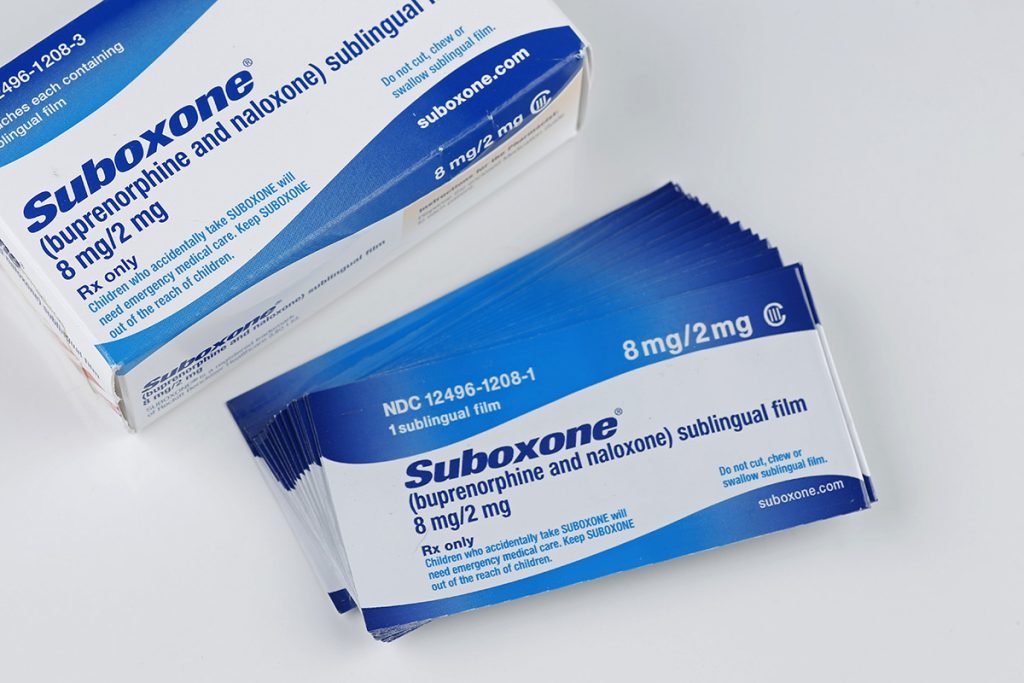Long-Acting Opioids (Subutex/Suboxone)

While ibogaine is highly effective for short-acting opioids, the interaction between ibogaine and long-acting opioids is more complex, and has a different treatment protocol.
The Difference Between Opioids and Opiates
People often use the terms opioids and opiates to refer to the same class of drugs. These drugs bind to opioid receptors in the brain and produce feelings of pleasure, sedation, and pain relief. Because of their analgesic effect on pain, most opioids are classed as “agonists.”
Opioids are a broad category of drugs that include both natural and synthetic compounds.
Opiates are a specific type of drug that are derived from the opium poppy plant. Some common examples of opiates include morphine, codeine, and heroin.
It’s worth noting that while all opiates are opioids, not all opioids are opiates. For example, scientists created fentanyl, a synthetic opioid that is not derived from the opium poppy plant, so it is not an opiate.
In general, we use the term “opioid” to describe all drugs that act on opioid receptors, regardless of their natural or synthetic origin.
The Difference Between Long and Short-Acting Opioids
When it comes to ibogaine treatment for opioid addiction, it is essential to distinguish between long and short-acting opioid agonists.
We use the term “half-life” to describe how long a given substance will stay in the body. In this sense, whether a substance is long- or short-acting refers to its half-life.
If a medication has a short half-life, the body will metabolise and eliminate it more quickly, causing the effects of the drug to wear off relatively quickly as well.
On the other hand, if a medication has a long half-life, it will remain in the body for a longer period and the effects of the drug will last longer. When an opioid is long-acting, it also causes a much longer withdrawal period, as shown in the chart below.

Ibogaine Treatment for Short-Acting Opioid Addiction
Short-acting opiates do not attach to brain receptors for as long as the family of long-acting opiates. This facilitates the regenerative properties of ibogaine in resetting an addict’s brain and treating addiction.
Ibogaine is at its most effective when treating short-acting opioids.
To maximize the effect, we administer ibogaine only when opioid withdrawals begin, which means the brain receptors are then free to receive it.
Such substances include heroin, dilaudid, codeine, Percocet, Demerol, oxycodone and others. Since the majority of these do not stay in the system for long, ibogaine can act more freely in the brain and its receptors and can more fully detox the brain and the body.
Ibogaine Treatment and Long-Acting Opioids
The interaction between ibogaine and long-acting opioids such as buprenorphine (Subutex), suboxone or methadone is different. These substances prevent ibogaine from doing its work because of the way they are stored in the body. Commonly used in substitution therapy, they have a longer half-life.
For example, we classify buprenorphine (Subutex) as a partial agonist. Buprenorphine is stored in the body’s fat reserves and not just bound to the brain’s receptors. This can cause it to take various weeks to leave the system.

The Solution for Ibogaine Treatment and Long-Acting Opioids
If you have been using long-acting opioids such as methadone or buprenorphine you should switch back to short-acting opioids at the very least a month before your ibogaine treatment.
If any treatment centre or independent ibogaine healer tells you differently, be suspicious. It is likely that they are trying to take advantage of your despair for their own personal financial gain.
Weaning yourself off long-acting opioids can be a veritable struggle, as the withdrawals can take several weeks. Legitimate ibogaine treatment centres require you to go back on short-acting opioids for a month or more before treatment.
Understandably, for many of you, this method will not sound ideal—after all, if methadone or buprenorphine successfully kept you away from either heroin or short-acting opioids, why would you rationally re-addict yourself to them?
Most addicts who reach the point of committing to detox are in a vulnerable state. They likely accept anything they are told and disregard essential treatment protocols.
If you go for an ibogaine treatment with buprenorphine or methadone in your system, you will suffer withdrawal symptoms. Even after the ibogaine treatment is concluded, these symptoms will continue.
The solution, as mentioned, is to switch back to short-acting agonists for at least a month before treatment. Below is a list of such short-acting agonists.
Short-Acting Opioids/Opiates
- Fentanyl
- Heroin
- Hydrocodone (Vicodin)
- Hydromorphone (Dilaudid)
- Levorphanol
- Meperidine (Demerol)
- Morphine
- Oxycodone (OxyContin, Percocet)
- Oxymorphone (Opana)
- Pentazocine (Talwin)
- Tramadol
